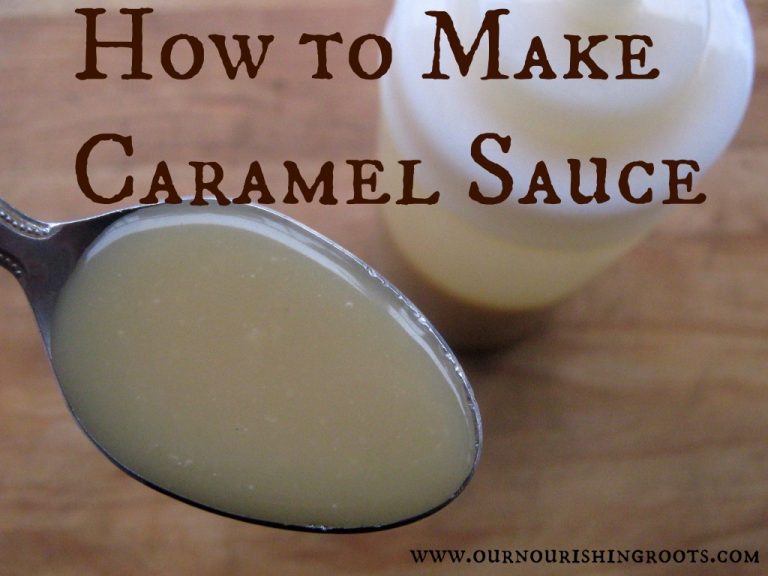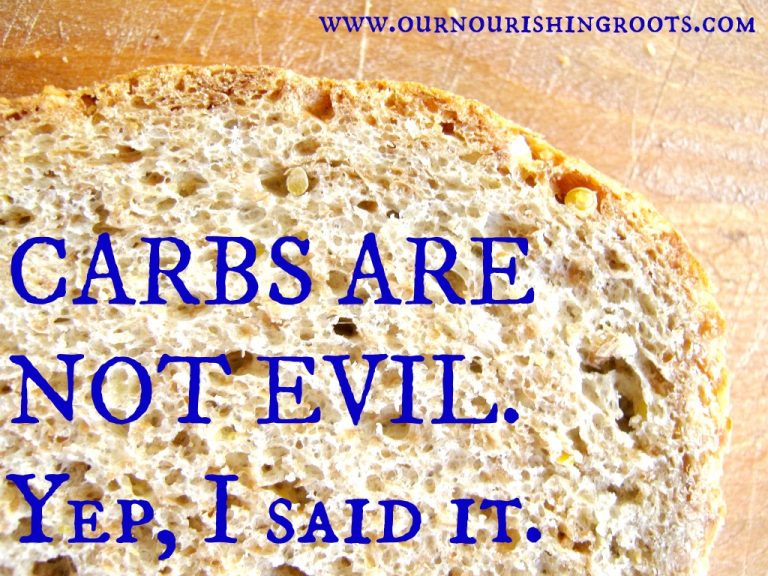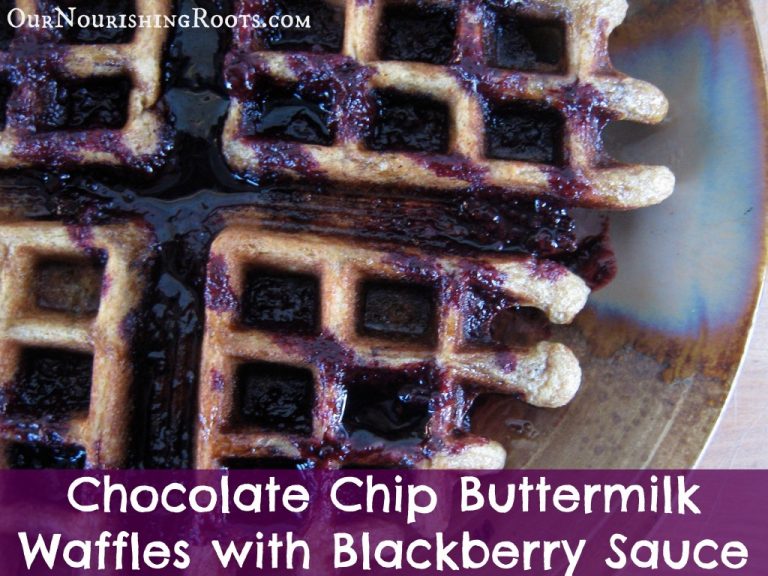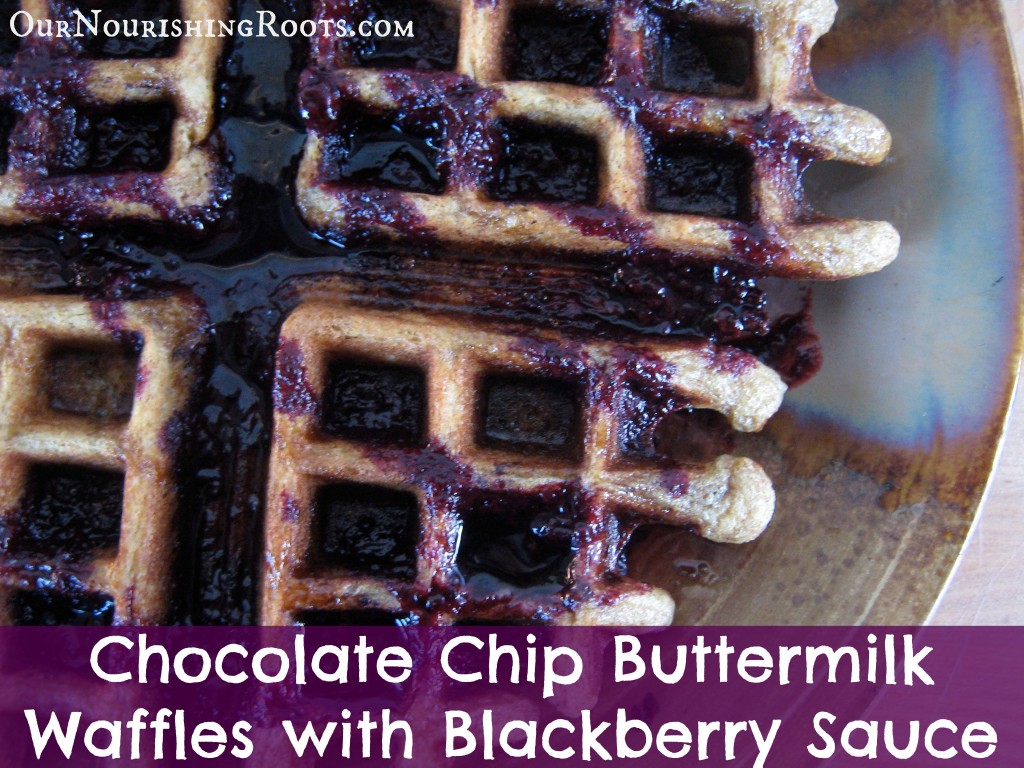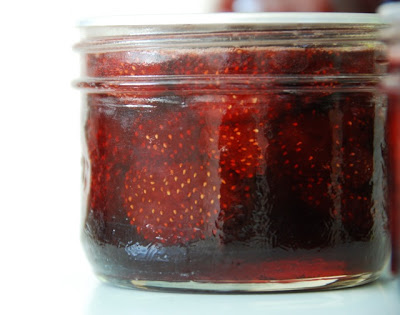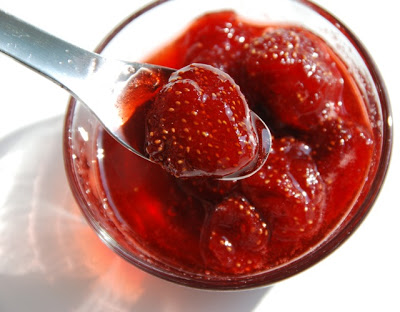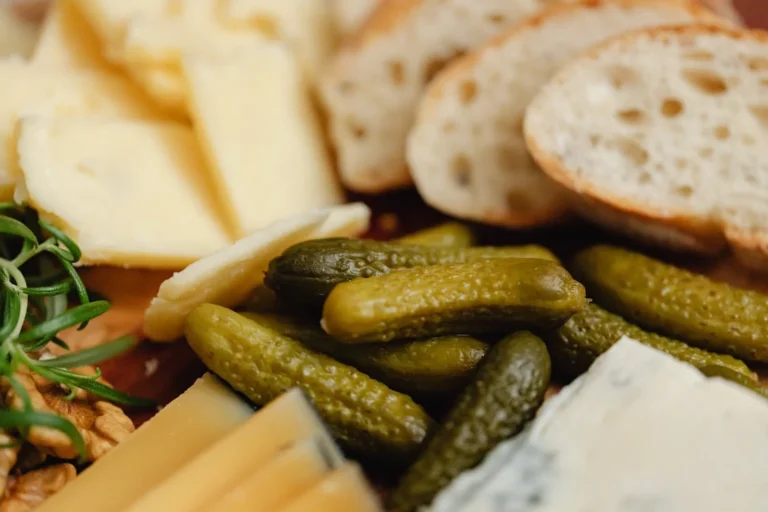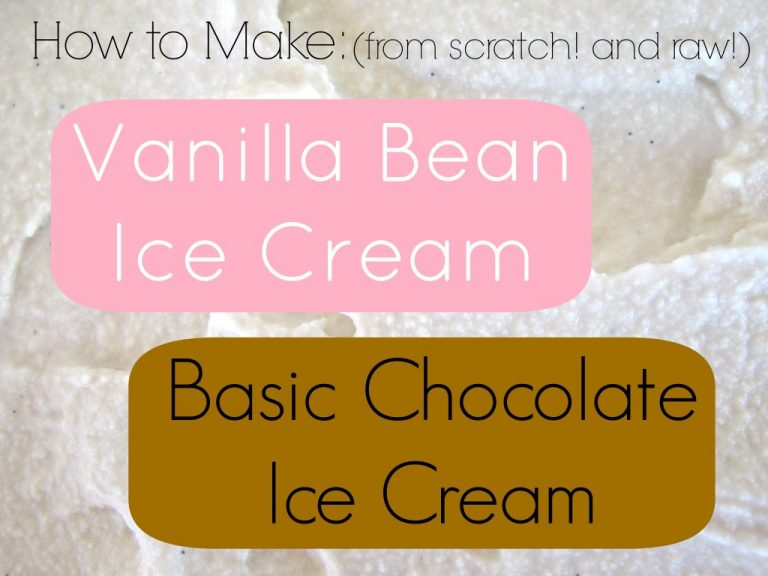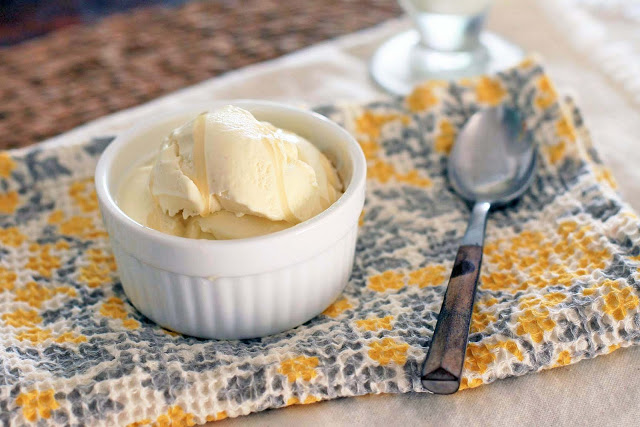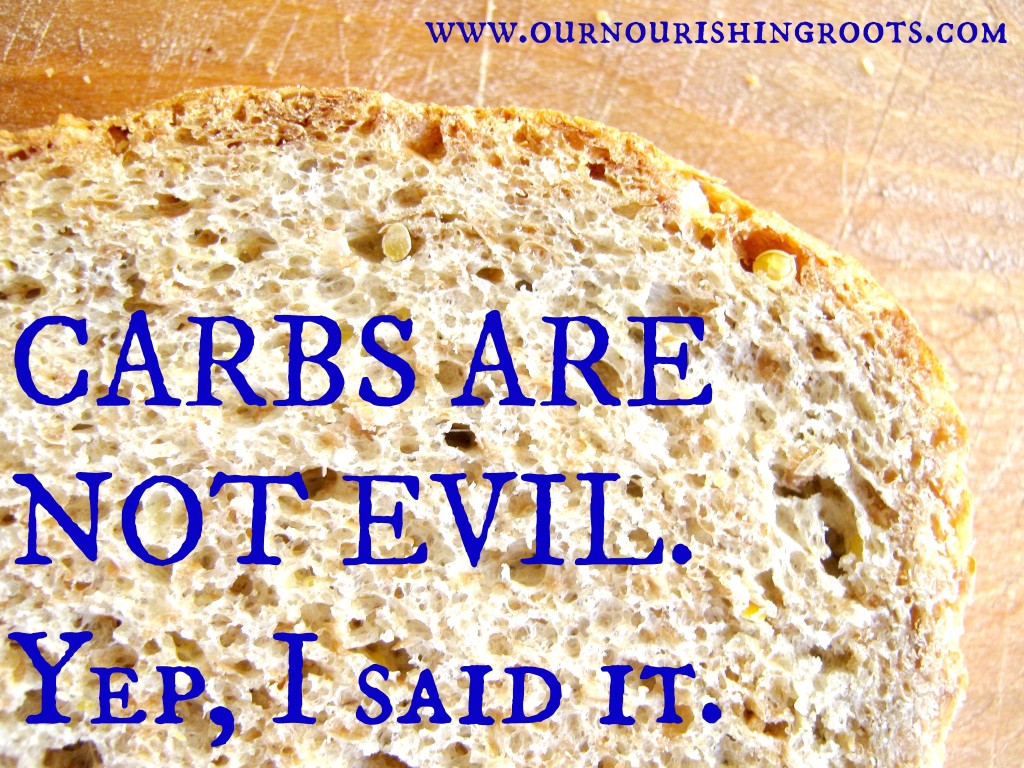
If you ask an average person how to lose weight, there is a high probability that will say something like this: “eat fewer carbs.” Could it really be so simple?
I’m sorry to disappoint you but no, that statement is simply not true. Nutrition is not all black and white, as much as we would like it to be. Carbs, just like fats and protein, are all part of a healthy human diet. Eating less of any of the three is simply being irresponsible because by going too far, our bodies might even reach that point when they stop functioning as they should.
Actually, if you want to improve your metabolism, it is recommended that you eat carbs, sugar, and starches. These foods raise the body temperature and in turn, stimulate the metabolism. You can easily test this on yourself! Just take note of how many carbs you eat and check your temperature each morning as you wake up on the following day. You will probably see that your body responds positively. For more on that topic, I suggest you read the ebook Eat for Heat.
But isn’t that just inflammation?
Have you ever eaten a good full-of-carbs dinner and felt your body warm up right after? I’m sure you have. This is the result of eating foods with warming properties. You feel relaxed and cozy and ready for a good night of regenerating sleep. But there is some misconception about this warmth that I would like to debunk now.
Some people seem to think that the hot rush you feel after eating a good meal is inflammation and that their body is hypersensitive to the food it just received. This is rarely the case. By thinking there is inflammation in our digestive system, we feel unnecessary stress. That stress is making us believe the food we had just eaten is not good for us. That’s how we have been conditioned by hearing all the time that grains and starches are the root of all evil. That kind of stress is chronic stress and it can have long-lasting damage to our well-being.
What helped me was trying to separate in my mind all that I have heard from society about carbs from how I felt after eating them. I found that when I tried to relax and simply gave in to my body’s responses, I felt less stressed out and more at ease with myself and my food. So how does your body feel about carbs? Listen to your body only and not the people around you. Don’t cut carbs out of your life if you don’t need to do it.
Most food sensitivities (not celiac disease-level sensitivities) can be resolved by healing your gut and improving metabolism. That’s what Eat for Heat is for.
Basal temperatures
So like I said, if you take your basal temperature every morning, you should see a correlation between the amount of starches and grains you eat and the temperature of your body. But just a side note, food is not the only factor affecting your basal temperature. If you’re a woman then you will also probably observe a small rise in temperature when you are ovulating. That’s completely natural. I recommend reading Taking Charge of Your Fertility to find out more about how your cycles work.
By eating more carbs on a regular basis, your basal temperature should reach steady levels of around 98.6 degrees. Some people can even reach 99 degrees. You will feel more energized in the morning and you won’t get cold hands and feet so easily. Eating a bigger lunch and a smaller dinner will also give you more energy in the afternoon while everyone around gets sleepier and sleepier!
Dietary misconceptions
The world of nutrition is based on what dietary sciences tell us about food and how our bodies need it to function. That same science tells us that there are three macronutrients: protein, fat, and carbohydrates (please tell me that no one is trying to argue with that just yet). So how can one of these three basic macronutrients possibly be harmful to our bodies? I find it absolutely bonkers that someone might actually believe that.
I always say it’s all about the quality of what you need. There are better and worse carbohydrates but they are all still carbohydrates. To maintain a healthy diet, you should generally choose whole grains over refined grains, such as white rice or white flour. But you absolutely should not avoid grains at all. Same with starch. Eat oven-baked potato fries over fast food fries that were made in a deep fryer. Don’t let anyone tell you that the wonderful gifts nature is providing us with are not meant to be eaten.
Remember to choose organic foods that haven’t been processed in big factories. Go local and eat clean. That’s usually all you need to be and feel healthy!
Low carb = evil?
That’s another blanket statement that is way too general. No one can say that high carb is absolutely the right solution because everyone’s bodies are different. All I wanted to say in this post is that you should be eating what your body wants you to eat, not what the society wants you to eat.
Going low carb is still a viable option for some. If you feel great while doing low carb then great, keep at it. But don’t force yourself to think that you should be feeling great because you’re eating fewer carbs.
In my experience, low carb diets feel great for about 6 months. I accidentally went too low carb when I was doing the GAPS diet (you can read about my experience in my post about eating carbs on GAPS). Long story short: I became exhausted very quickly and had very little energy left to function.
But you might be different. You are the only one who can judge that accurately.
I know now that GAPS helped me recover from years of trying to do those restrictive diets. By reintroducing them all slowly one by one, I allowed my gut to heal and gave it a fighting chance to digest them properly. And my basal temperatures increased significantly, giving me more energy during the day.
Anti-Diet Challenge
What I do urge you to try, however, is the Anti-Diet Challenge. I’ll give you a quick overview of the rules so that you can see whether it’s something you’re interested in.
- Take your temperature every morning.
- Be intuitive about the foods you eat and choose only those that sound good to you.
- Drink only when you are genuinely thirsty.
- Embrace sugar and salt (don’t cause your body unnecessary stress by fearing natural substances!).
- Follow the general menu below for a few days and observe how you feel:
- Breakfast: starchy and dry, without much liquid.
- Lunch: a large meal full of protein with fruit as dessert.
- Dinner: vegetable-based with plenty of liquids (soups and chowders are best!).
- Break the general menu and see if you can observe any improvements.
- Listen to your body.
- Get enough sleep.
- Take a nap to recover if you are tired.
- Work out if you have pent-up energy.
